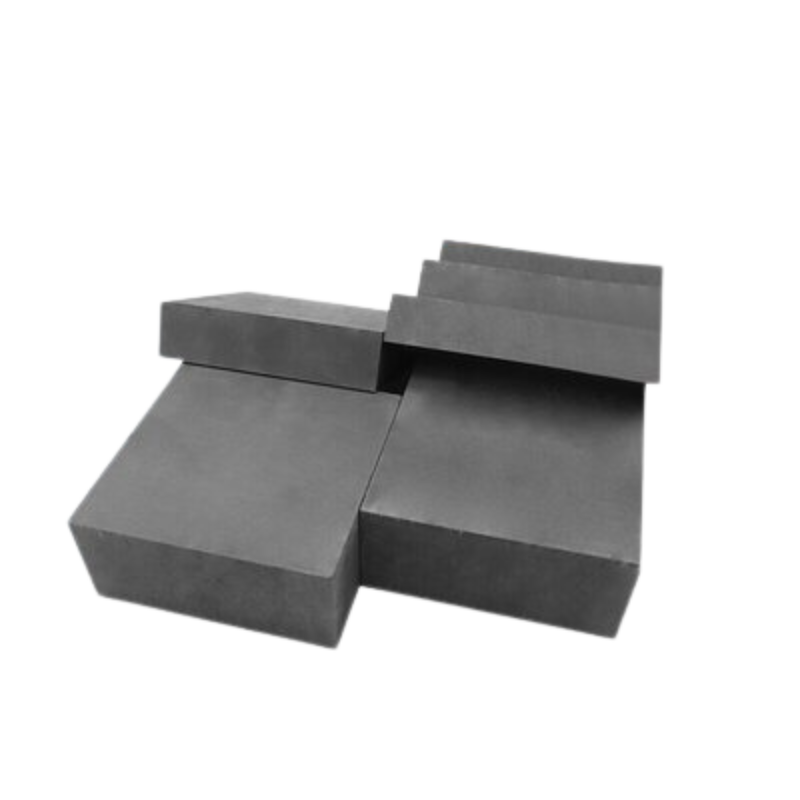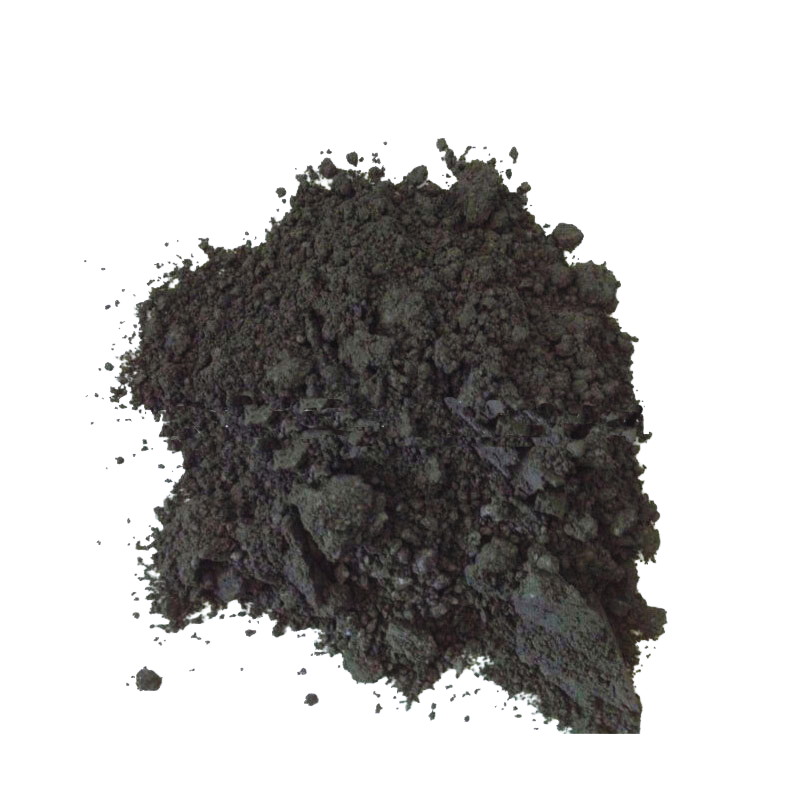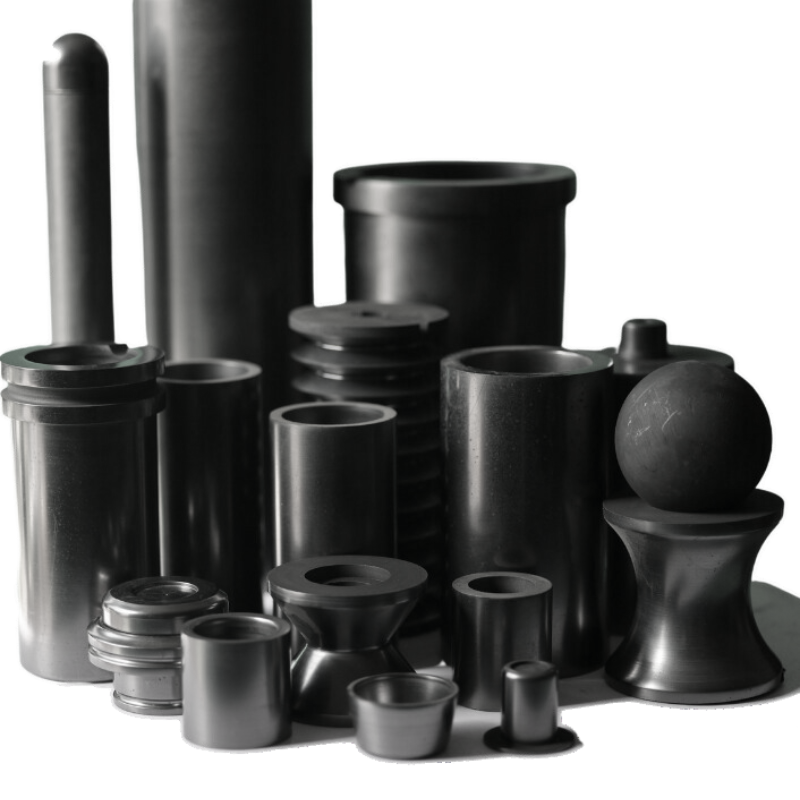Introduction
Graphite molds play a pivotal role in the production process of thermal barrier coatings (TBCs), a vital component in various industries like aerospace, automotive, and power generation. These coatings offer protection against extreme temperatures, corrosion, and wear, ensuring the longevity and efficiency of critical components. In this article, we delve into the significance of graphite molds in the manufacturing of thermal barrier coatings, exploring their functions, advantages, and applications.
Understanding Graphite Molds Graphite molds serve as the foundation for the creation of intricate TBC designs. They are crafted with precision and expertise, leveraging the unique properties of graphite such as high thermal conductivity, low coefficient of thermal expansion, and excellent machinability. These characteristics make graphite an ideal material for molding intricate shapes and intricate features required for TBCs.
Functions of Graphite Molds in TBC Production
1.Precision Casting: Graphite molds enable the precise casting of TBC materials, ensuring uniformity and consistency in coating thickness and composition. This precision is crucial for maintaining the desired thermal insulation properties and performance of the final product.
2.Complex Geometry Replication: TBCs often require intricate designs and complex geometries to fit specific components or structures. Graphite molds excel in replicating these intricate features with high accuracy, allowing for the production of custom TBCs tailored to meet diverse application requirements.
3.Thermal Management: Graphite’s superior thermal conductivity facilitates efficient heat transfer during the coating process. By rapidly dissipating heat from the molten TBC material, graphite molds help prevent thermal gradients and ensure uniform solidification, minimizing the risk of defects such as cracks and porosity.
Advantages of Using Graphite Molds
1.Exceptional Dimensional Stability: Graphite exhibits minimal dimensional changes at high temperatures, ensuring the integrity and accuracy of the molded TBC components. This stability is crucial for maintaining tight tolerances and achieving consistent coating thickness across large production runs.
2.Cost-Efficiency: Graphite molds offer long-term cost savings due to their durability, reusable nature, and ease of machining. Unlike traditional molds made from ceramic or metal alloys, graphite molds require minimal maintenance and can withstand multiple casting cycles without compromising quality or performance.
3.Versatility: Graphite molds are highly versatile and adaptable to various TBC materials and manufacturing processes, including plasma spraying, electron beam physical vapor deposition (EB-PVD), and thermal spray techniques. This versatility enables manufacturers to explore different coating formulations and application methods to optimize TBC performance for specific operating conditions.
Applications of Graphite Molds in TBC Production
1.Aerospace Industry: Graphite molds play a crucial role in producing TBCs for aircraft engine components, such as turbine blades, combustion chambers, and exhaust systems. These coatings protect against high temperatures and thermal cycling, enhancing engine efficiency and reliability in demanding aerospace applications.
2.Automotive Sector: In the automotive industry, TBCs applied using graphite molds improve the performance and durability of engine components, exhaust systems, and brake rotors. By reducing heat transfer and thermal stress, these coatings contribute to fuel efficiency, emissions reduction, and extended service life of automotive components.
3.Power Generation: Graphite-molded TBCs are utilized in gas turbine engines for power generation, where they safeguard critical components from extreme temperatures and corrosive environments. By enhancing turbine efficiency and reliability, these coatings support the sustainable generation of electricity in power plants worldwide.
Conclusion
Graphite molds are indispensable tools in the production of thermal barrier coatings, offering precision, reliability, and versatility in molding complex TBC designs. From aerospace to automotive and power generation industries, the use of graphite molds enables the creation of high-performance coatings that enhance the efficiency, durability, and longevity of critical components. As technology advances and demand for advanced materials grows, graphite molds will continue to play a vital role in shaping the future of thermal management solutions across diverse industries.





